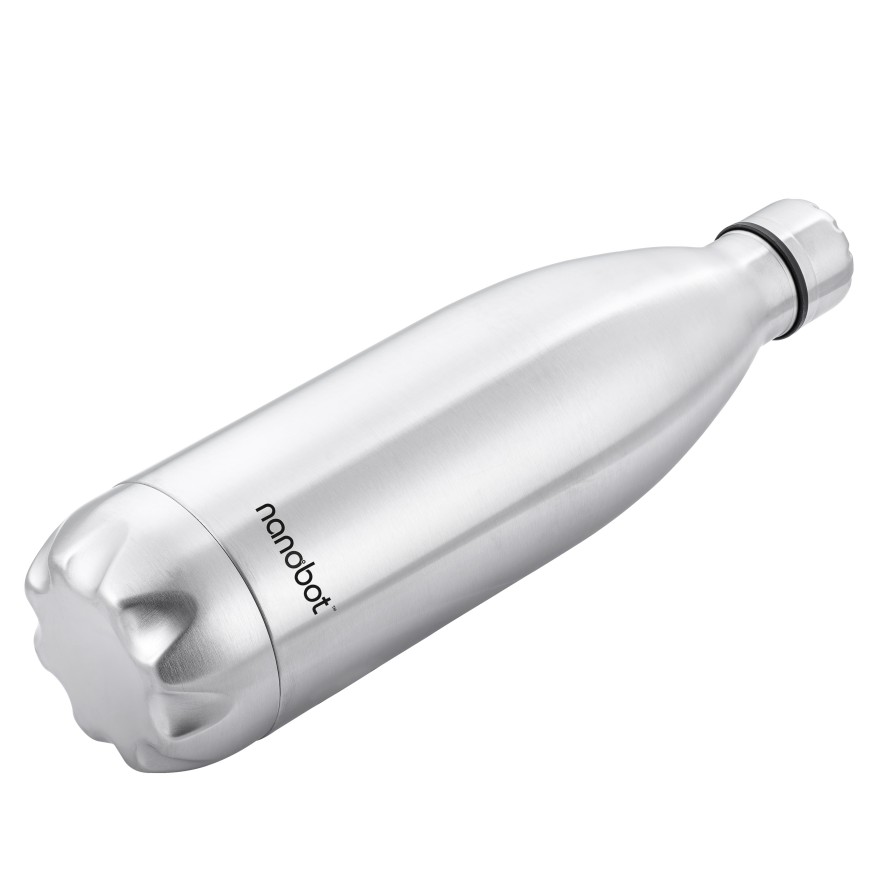Stainless steel is a common material used in hygienic food service implementations. Not only can food-grade steel withstand temperatures which would melt plastic, but its protective oxide layer also helps to prevent rust formation, which could pollute foodstuffs. However, as with any content, there are a few things you should be aware of before incorporating food-grade stainless steel into your production process. Thus, one should definitely understand which stainless steel is the best for their purpose. To get over the chaos between the two major stainless steel types ie. Stainless Steel 304 and Stainless Steel 201, here are the differences.
The Difference Between Stainless Steel 304 VS 201
- Price: stainless steel sheets are classified into several grades, such as SS201 and SS304. They differ in composition. 304 stainless steel is typically more expensive than 201 stainless steel sheets. 201 stainless steel is frequently used as a cheap alternative for 304 stainless steel.
- 201 steel is an alternative to 301 steel. After cold refining, it becomes magnetic and is used in railway tracks. The most common stainless steel as well as heat-resistant steel is 304. Used in food processing equipment, general chemical hardware, nuclear energy, and so on.
- Composition: 201 sheet has a high metal content, a bright exterior with a dark brightness, and is easy to rust. 304 contains more chromium, has a matte finish, and it does not rust. The content is another significant distinction between 201 and 304.
- Corrosion resistance: The most important point to know is that corrosion resistance varies. Because the corrosion resistance of the 201 steel plates is so low, the price is much lower. Because 201 has a relatively low nickel content, it is less expensive than 304, but its corrosion rate is not as good. The subject matter of alloying elements, in broad sense, when the subject matter of chromium is 10.5%, steel is not easily rusted. The higher the chromium as well as nickel content, the better the resistance to corrosion. The nickel substance of 304 material, for example, is 8-10%, as well as the chromium content is 18-20%. Under normal conditions, stainless steel will not rust.
- Mechanical properties: 201 stainless steel has a higher hardness but not quite as good toughness as 304. 304 is more resistant to fatigue.
- Color: 201 has an elevated manganese content, a bright exterior with a dark brightness, and therefore is easy to rust. 304 contains more chromium, has a matte finish, and does not rust.
- Others: Stainless steel does not rust easily because chromium-rich oxide forms on the steel’s outer surface body, protecting it. Sheet metal 201 is a high manganese stainless steel with a harder hardness than 304, a high carbon content, and a low nickel content.

There are numerous stainless steel alloys in the industry, each with its own set of advantages and disadvantages when it comes to resistance to specific chemicals and manufacturing environments. While grade 304 stainless steel is resilient to most corrosives. And counts in amongst the range of most prevalent and safe stainless steel options. Especially, water bottles are largely manufactured from food grade stainless steel. But not all manufacturers offer the premium quality that we at Nanobot do with our most sustainable and healthy 304 food grade stainless steel water bottle alternatives.
So, if you are looking for bottles made of food grade stainless steel and free of BPA, you should try stainless steel 304 Vacuum Insulated Bottles in India from Nanobot because they are toxin-free and made of food-grade stainless steel. The product is available in a variety of colours and appears very fashionable when held. Durable, portable, and lightweight are some of the good qualities that Steel Bottles Manufacturer in India offer.


